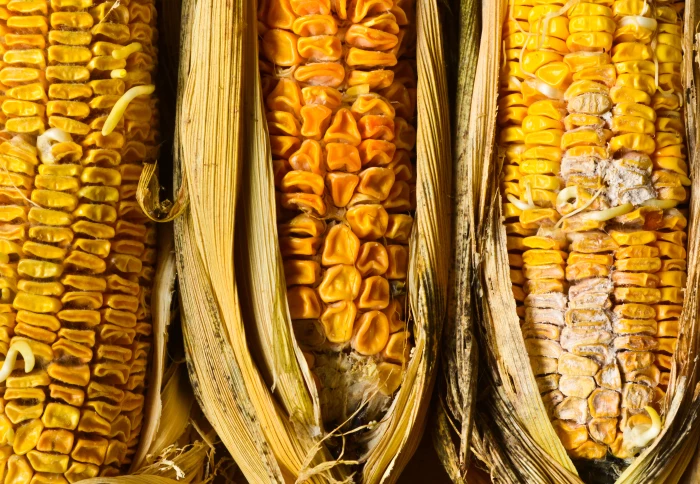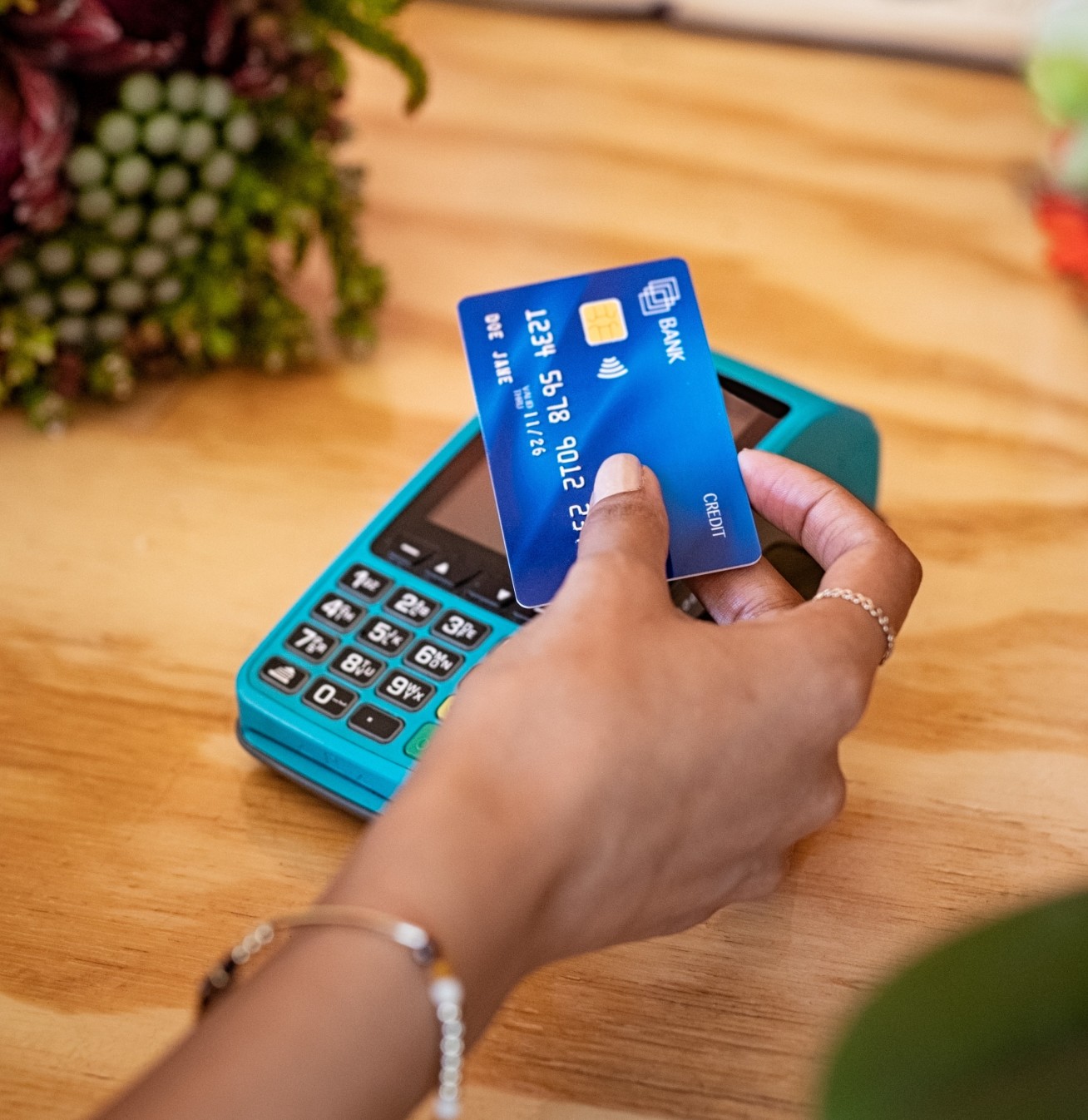Imperial experts to develop low-cost digital crop virus sensors with $1m grant


Researchers have received $1million to develop low-cost digital sensors that detect viruses in plants and crops with international partners.
Crop diseases can have devastating effects on farmers and food security, particularly in developing countries, which are more likely to depend on agricultural production to feed their populations.
With our partners we will exploit the latest advances in material science, chemistry and electronics to help African farmers diagnose viral plant diseases fast and inexpensively to prevent plant pandemics. Dr Firat Guder Department of Bioengineering
Detecting plant viruses early therefore helps to prevent disease spread, crop failure, and ensure food security. Sending samples to centralised laboratories for testing, however, can be costly and slow.
A $1 million grant from the Bill & Melinda Gates Foundation will support Imperial researchers working with a network of partners in sub-Saharan Africa and South Asia—including IITA, Inqaba Biotec, and Silicon Craft—to develop, manufacture and deploy virus-detecting sensors across East Africa.
Principal Investigator Dr Firat Guder from Imperial’s Department of Bioengineering said: “With our international partners we will exploit the latest advances in material science, chemistry and electronics to help African farmers, extension officers and scientists diagnose viral plant diseases fast and inexpensively to prevent plant pandemics.
“This grant will also allow us and our partners to train engineers, exchange knowledge to sow the seeds of a new industry in Africa. Connecting developing nations from Africa and Asia together toward a common and important goal makes this project even more exciting."
Co-investigators include Professor Tony Cass at the Department of Chemistry and Dr Laura Gonzalez-Macia at the Department of Bioengineering, as well as George Mahuku and James Legg at IITA.
The sensors
The sensors are designed so that crop farmers can add plant samples to a wireless device before touching it to the back of a smartphone, where the results are displayed.

The sensor uses near-field communication (NFC) to send results to smartphones - the same technology used for wireless contactless payments on phones, payment cards, and travel cards.
The results would then be shared with government and non-government organisations for disease surveillance for appropriate action.
The partners will begin by detecting the viruses behind cassava brown streak disease and maize lethal necrosis disease. Both are prevalent in East Africa, and cassava brown streak disease is considered the largest threat to food security in the region.
The researchers will also use the funding to develop low-cost and simple ways for crop growers to prepare samples in the field and refine the smartphone, cloud and web apps for data acquisition, online/offline storage and visualisation of results. They will work with the partners to ensure the future sustainability of this innovation by planning the next steps for commercialisation and high-volume manufacturing.
The researchers hope the sensors will enable large-scale surveillance of crop diseases in low-income regions and around the world. As well as being cheaper and faster, the team hope the tool will also rival the performance of molecular testing in centralised laboratories.
Images: Shutterstock
Supporters
Article text (excluding photos or graphics) available under an Attribution-NonCommercial-ShareAlike Creative Commons license.
Photos and graphics subject to third party copyright used with permission or © Imperial College London.